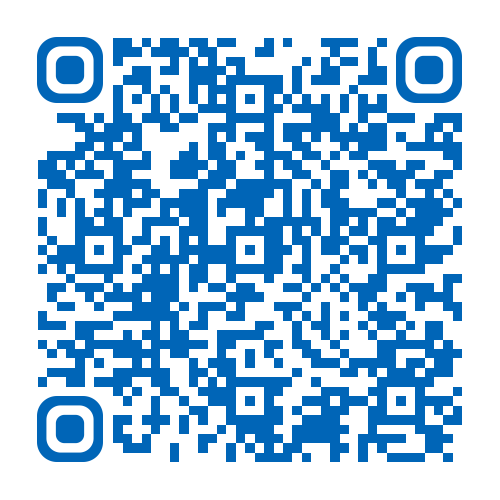- Reference Number: HEY672/2021
- Departments: Orthopaedics
- Last Updated: 31 October 2021
Introduction
This information has been produced to give general information and advice to patients (or their parents and carers) who are having K-wires removed. Most of your questions should be answered by this leaflet. It is not intended to replace the discussion between you and the healthcare team. If after reading it you have any concerns or require further explanation, please discuss this with a member of the healthcare team.
What are K-wires?
K-wires are surgical wires that are used to hold bones in a corrected position following surgery. The K-wires stick out of the skin so that they can be easily removed once the bone has healed. They are covered with a dressing and a plaster cast and you / the patient will not be able to see them; alternatively they may be exposed out of the toe or finger. The K-wires can usually be removed in the Outpatient Department.
How to prepare for K-wire removal?
Prior to your clinic appointment we recommend you / the patient takes some simple pain relief (e.g. paracetamol).
Etonox (gas and air) may be used for pain relief in the Outpatient Department. The nurse will explain how to use this.
The plaster cast will be removed in the plaster room. This does not hurt but a noisy machine may be used and you / the patient may feel vibration from the plaster cutter. Alternatively, if the cast is a backslab or a dressing, scissors will be used.
Removal of the K-Wires
The dressings around the K-wires will be removed and skin around the K-wires cleaned before the K-wires are removed using special pliers. This procedure is quick and may feel strange but is not usually too uncomfortable.
The small wounds may bleed a little and dressings will be applied. You / the patient will be advised how long these dressings should stay on, or if you need further dressings. The injured bone should be healing and the discomfort from the K-wire removal should settle within a few hours. We recommend you / the patient continues with simple pain relief as required.
Possible Problems
Sometimes it is not possible to remove K-wires in the Outpatient Department. If this is the case, a date will be arranged for you / the patient to come into hospital (Day Surgery Unit) for the K-wires to be removed under a general anaesthetic.
Aftercare
A further plaster cast may be applied for a few more weeks and an outpatient appointment made for the plaster cast to be removed. At this appointment, you / the patient will be shown exercises to get movement and strength back. Some adult patients may require some physiotherapy after the removal of K-wires. Children should not play contact sports for 4 to 6 weeks after removal of the cast.
Should you require further advice on the issues contained in this leaflet, please do not hesitate to contact staff in the Fracture Clinic. If it is an answerphone, please leave a message and we will get back to you tel: 01482 674378 / tel: 01482 675731
General Advice and Consent
Most of your questions should have been answered by this leaflet, but remember that this is only a starting point for discussion with the healthcare team.
Consent to treatment
Before any doctor, nurse or therapist examines or treats you, they must seek your consent or permission. In order to make a decision, you need to have information from health professionals about the treatment or investigation which is being offered to you. You should always ask them more questions if you do not understand or if you want more information.
The information you receive should be about your condition, the alternatives available to you, and whether it carries risks as well as the benefits. What is important is that your consent is genuine or valid. That means:
- you must be able to give your consent
- you must be given enough information to enable you to make a decision
- you must be acting under your own free will and not under the strong influence of another person
Information about you
We collect and use your information to provide you with care and treatment. As part of your care, information about you will be shared between members of a healthcare team, some of whom you may not meet. Your information may also be used to help train staff, to check the quality of our care, to manage and plan the health service, and to help with research. Wherever possible we use anonymous data.
We may pass on relevant information to other health organisations that provide you with care. All information is treated as strictly confidential and is not given to anyone who does not need it. If you have any concerns please ask your doctor, or the person caring for you.
Under the General Data Protection Regulation and the Data Protection Act 2018 we are responsible for maintaining the confidentiality of any information we hold about you. For further information visit the following page: Confidential Information about You.
If you or your carer needs information about your health and wellbeing and about your care and treatment in a different format, such as large print, braille or audio, due to disability, impairment or sensory loss, please advise a member of staff and this can be arranged.

